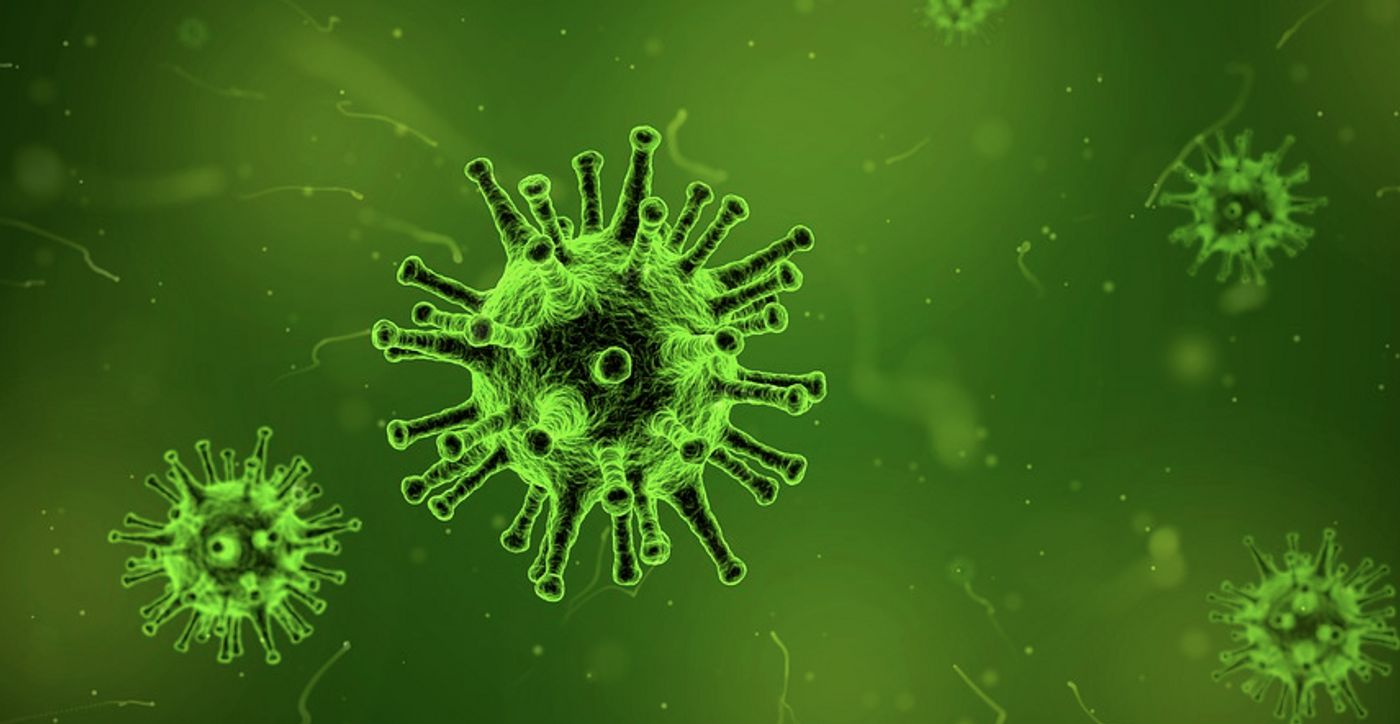Finding Emerging Viruses
Scientists have developed a tool that enables them to predict what viruses be transmissible between infected people after the virus has jumped from infecting animals to humans. These viruses, therefore, could potentially become human diseases. The researchers identified several candidate viruses that don’t spread from person to person now but might one day. The study, which was reported in PLOS One, suggested several viruses that should be researched and carefully monitored.
"When we get new pathogens that we look at as new human diseases, most of the time they come from pathogens that were previously circulating in animals," explained John Drake, Distinguished Research Professor of Ecology and director of the Center for the Ecology of Infectious Diseases at the University of Georgia. "As ecologists, that makes us think that there must be something about the ways parasites and pathogens interact with their hosts or the environment that confers the propensity to this process."
Drake and a team of researchers collected the known biological data on all viruses that infect humans to learn more about pathogen-host interactions.
"We were looking to identify the features of viruses that are associated with transmissibility between humans," said the lead author of the study Joseph Walker, a statistics major that works with Drake's lab.
There were a few characteristics that were commonly found in the viruses on their list that humans could spread to one another. Such viruses often lack a lipid envelope, frequently are able to infect monkey and apes, and can be found in the respiratory tract, human liver, and central nervous system. Together, these traits show that these viruses can adapt to survive in a variety of environments. Accurate predictions were made for about 84 percent of viruses that are known to be transmissible between people.
The researchers also assessed viruses that do not spread between people, and using their characteristics, ranked the likelihood that they would be transmissible. They set a baseline at the virus that has the lowest probability of transmissibility, and there were 47 viruses above that. The ones found to be most likely to spread among humans were Hendra virus, Carnivore amdoparvovirus 1, Rosavirus A, Cardiovirus A, HTLV-3, HTLV-4, and Simian Foamy virus.
This tool has imperfections, warned the researchers. They recommended additional work to refine our understanding of viral transmissibility. Accurate modeling of potentially dangerous viruses has many potential benefits to the public and health care workers.
"Public health workers could use our model as a tool to prioritize disease surveillance and inform their response to emerging pathogens," noted study co-author Barbara Han of the Cary Institute of Ecosystem Studies. "Our data-driven framework was 84 percent accurate in identifying virus species with potential for human-to-human transmission."
The TED Talk above features Drake discussing disease epidemics.
Sources: Phys.org via University of Georgia, PLOS One










